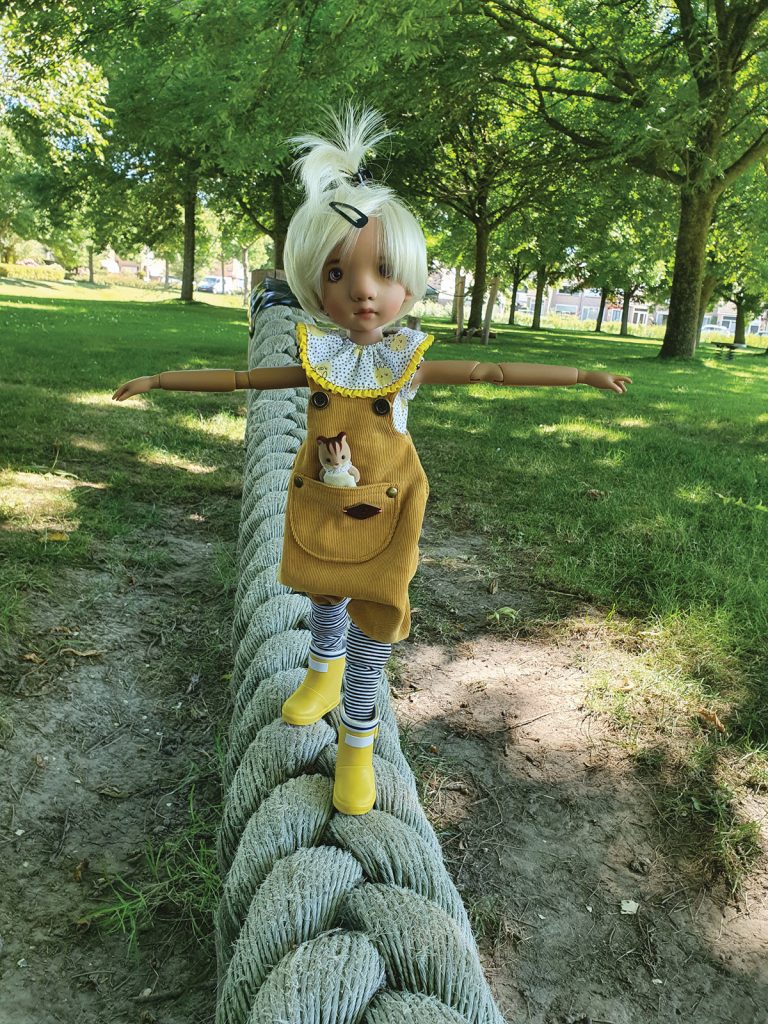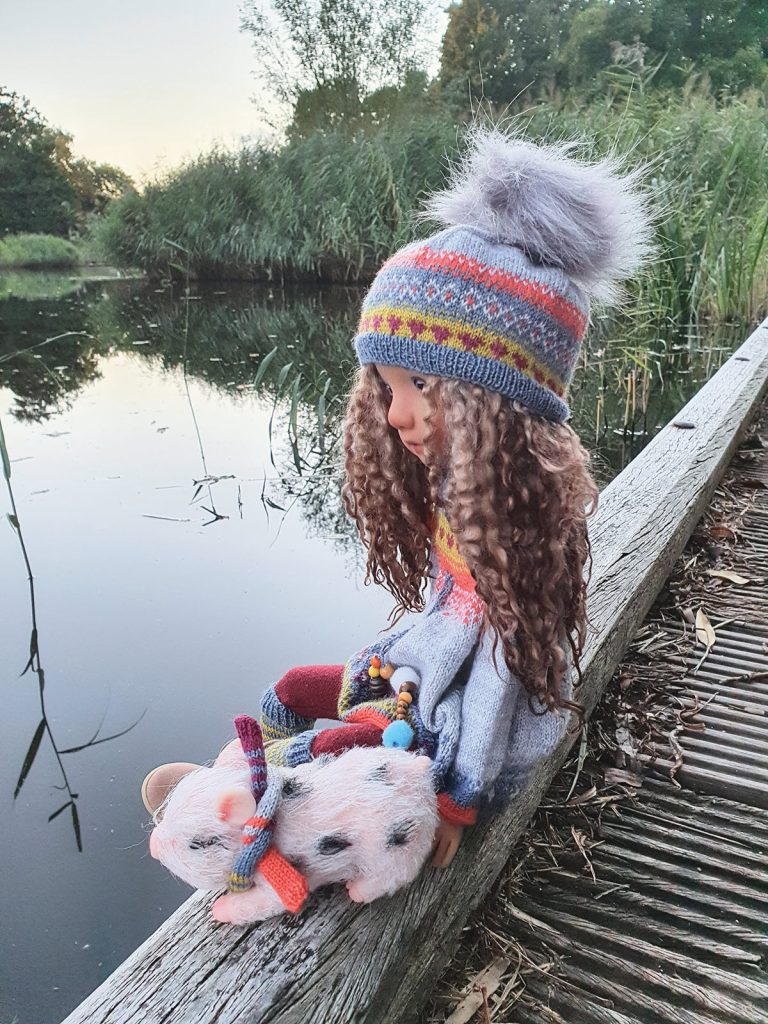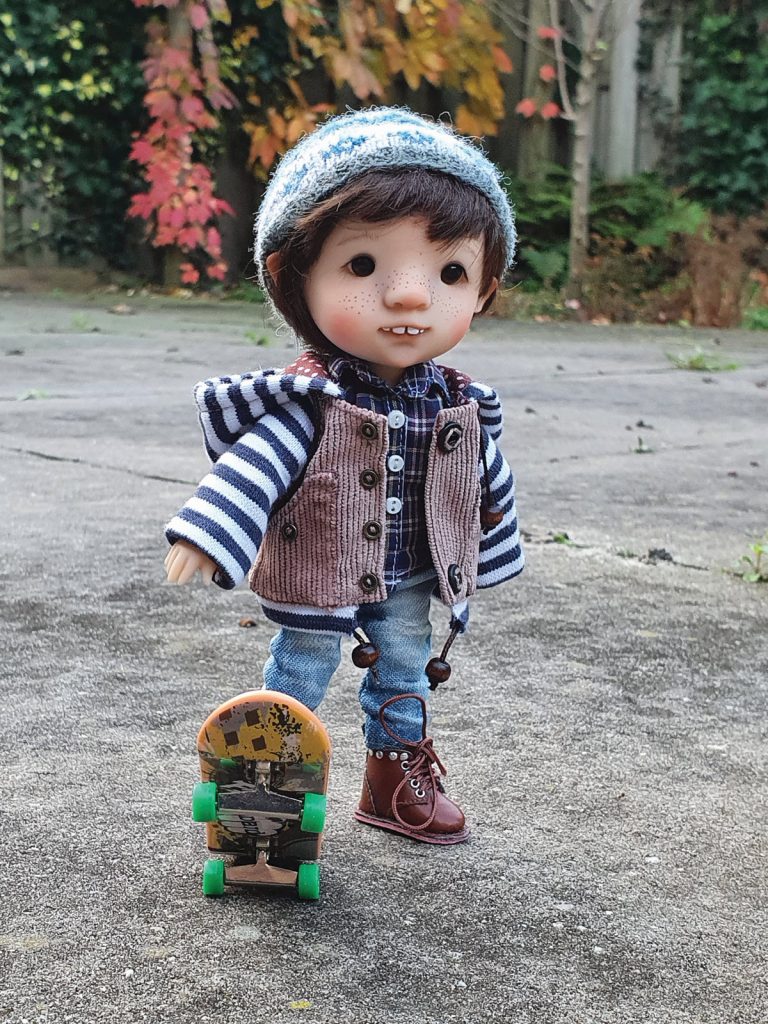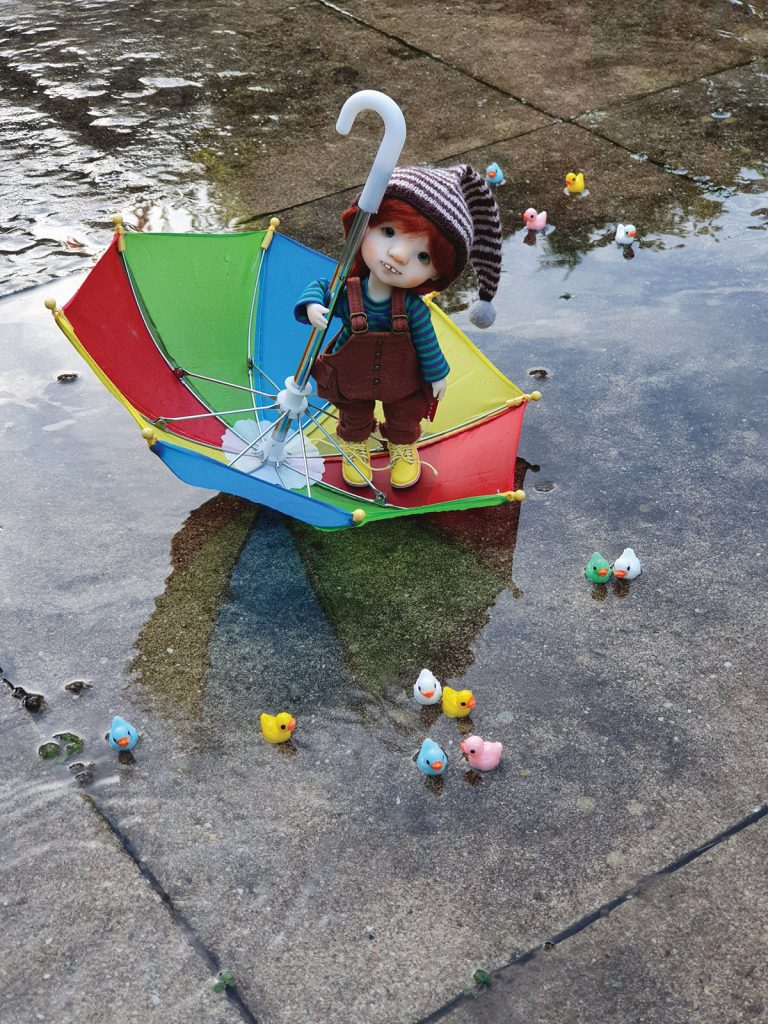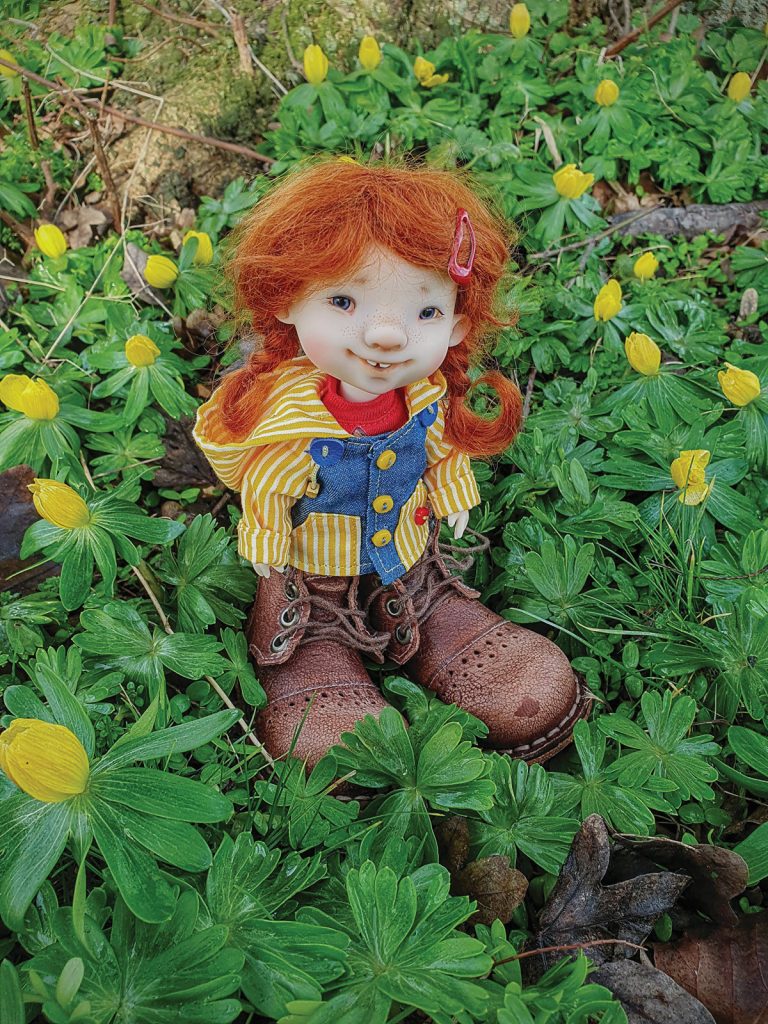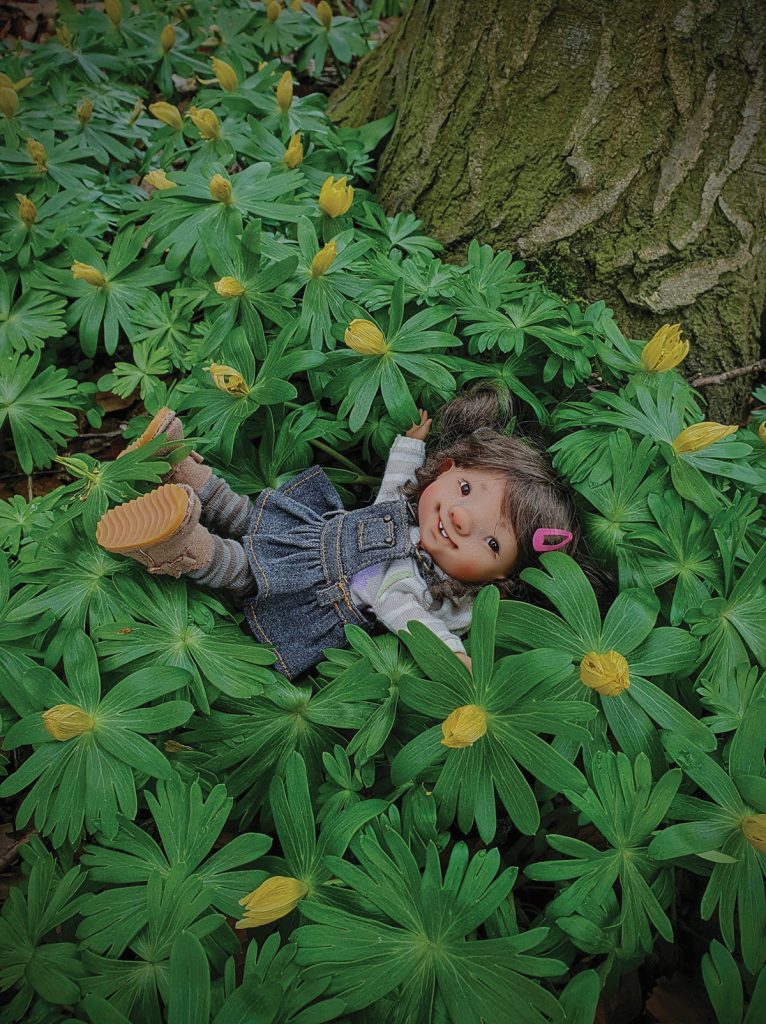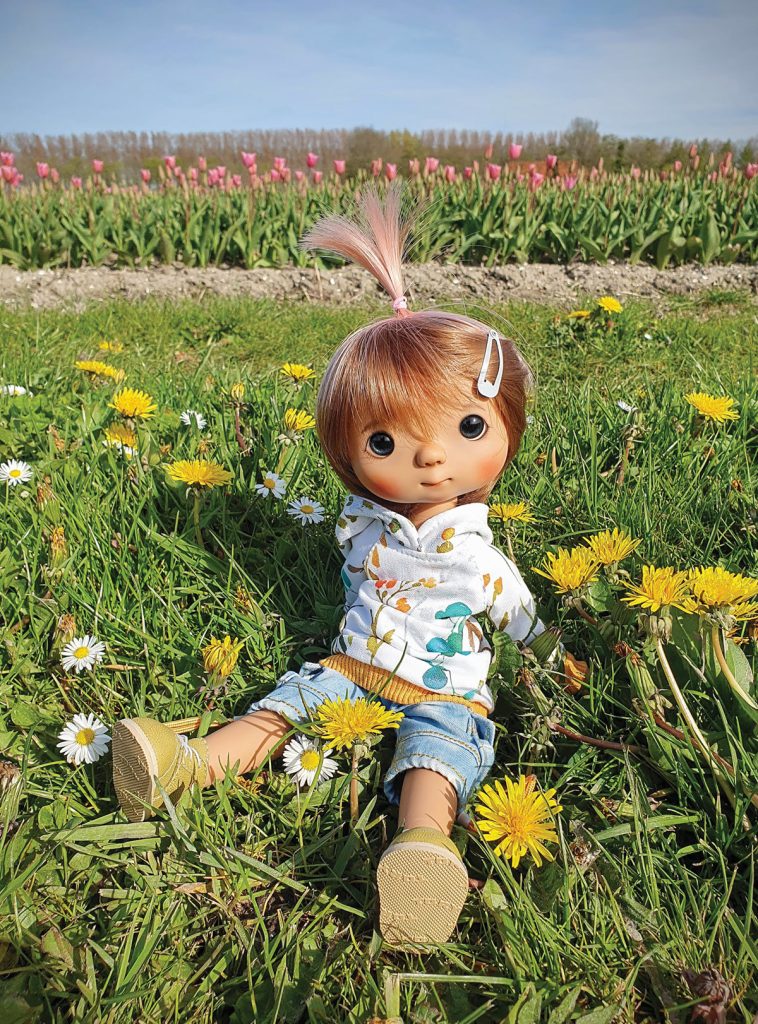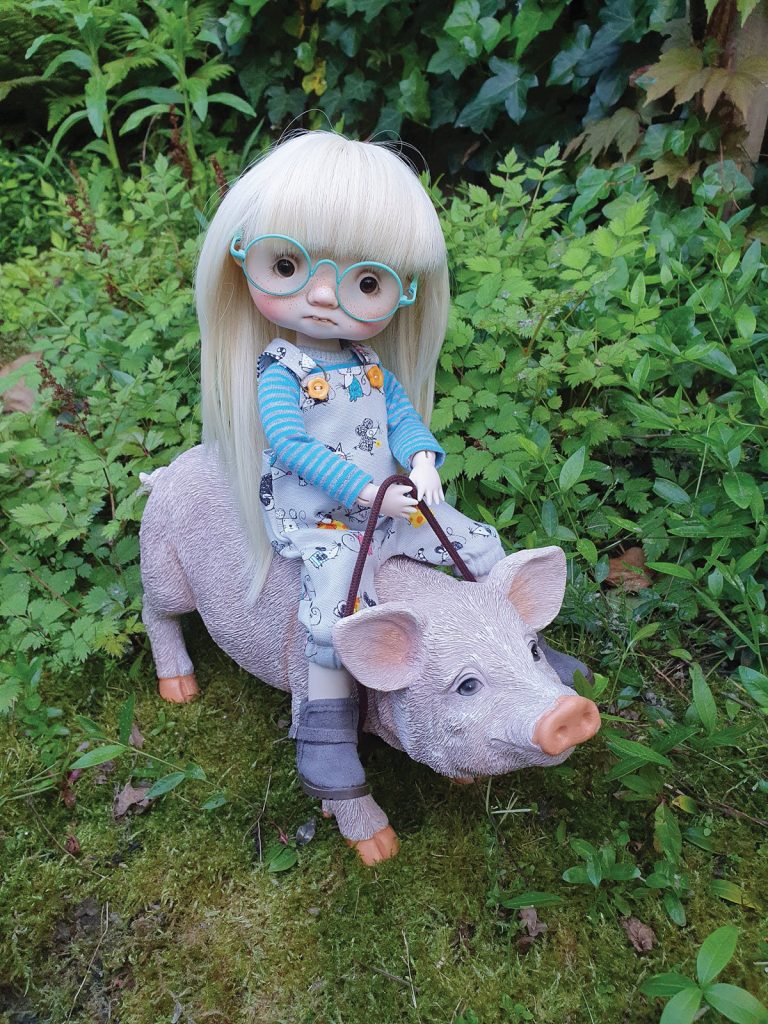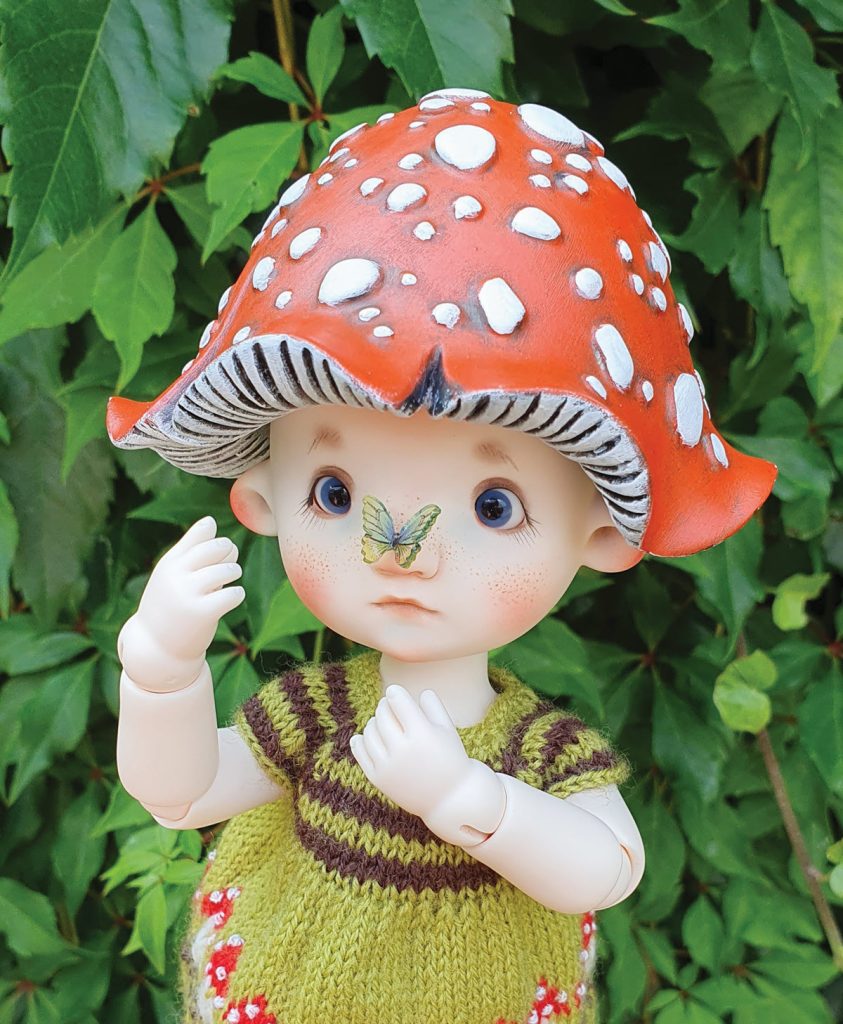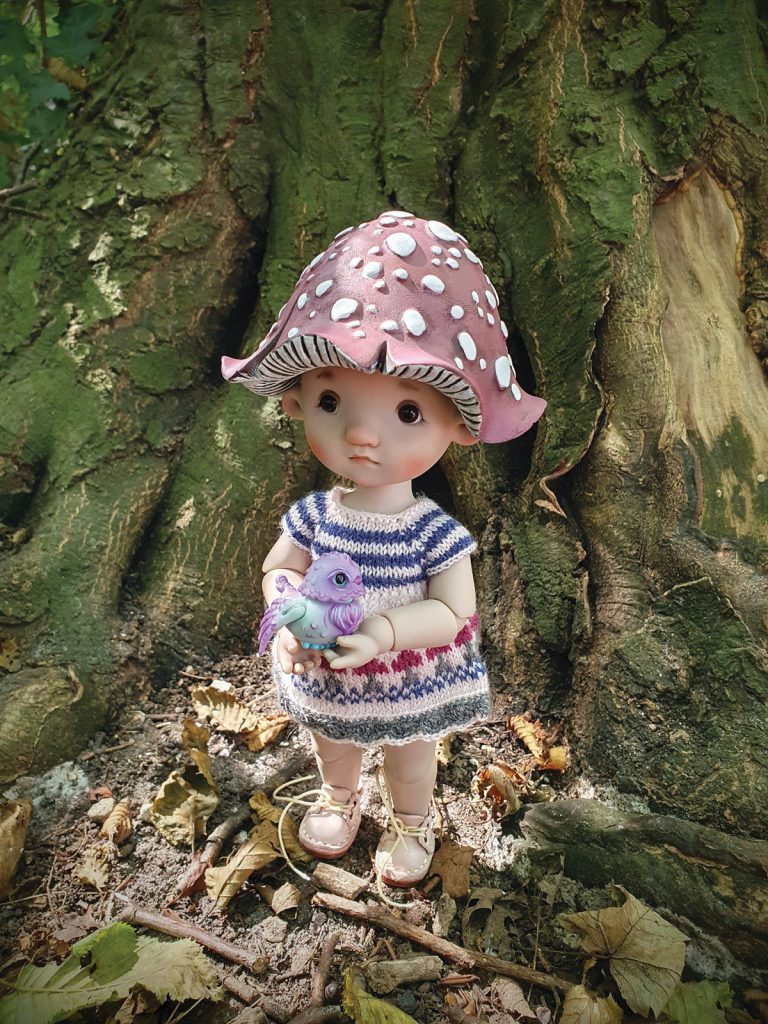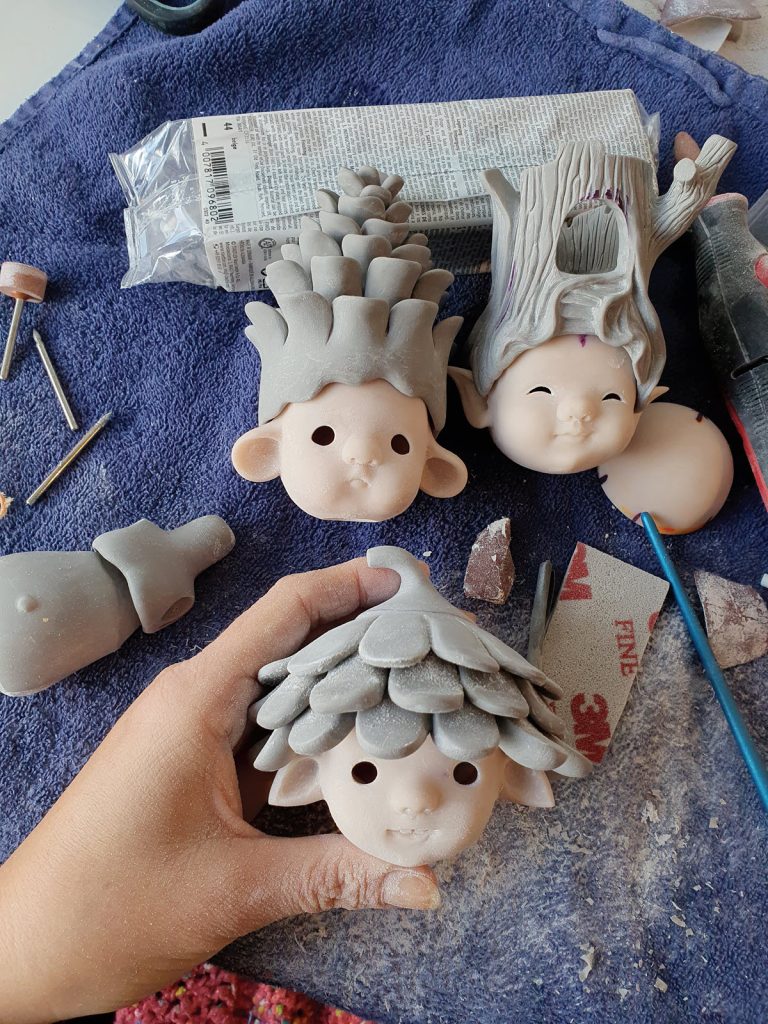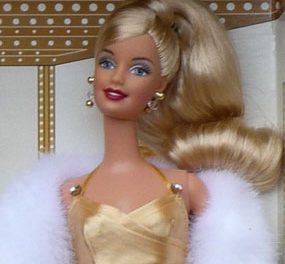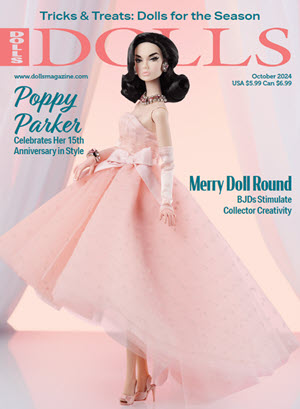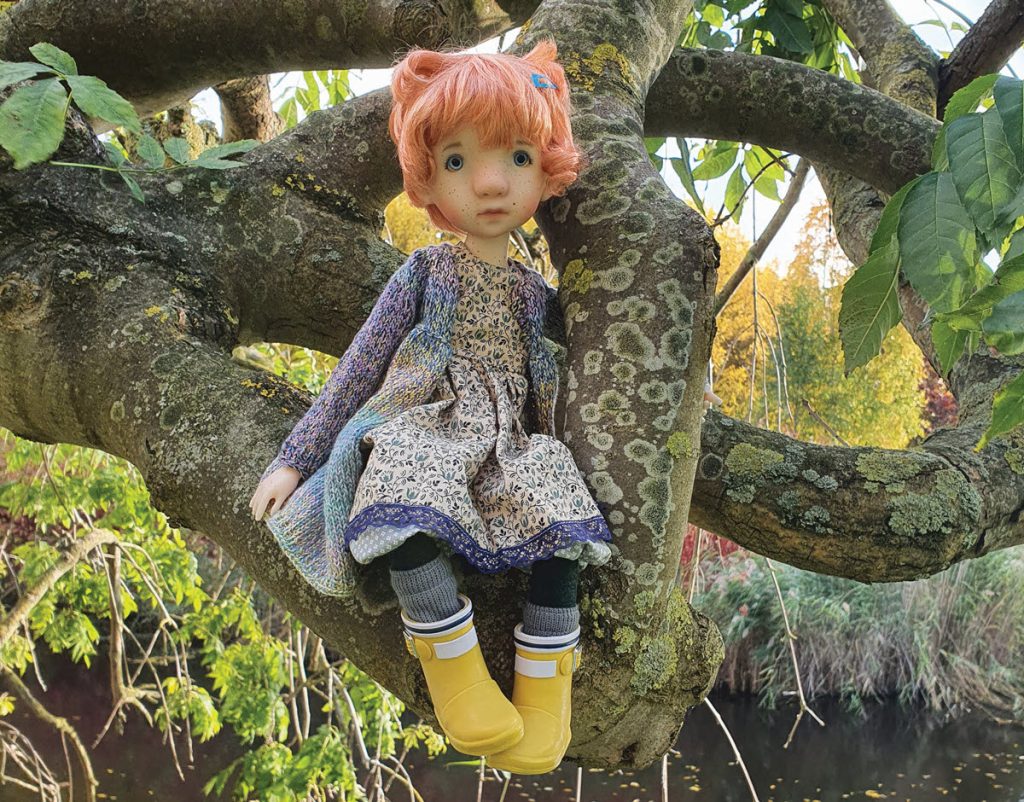
By Wil Peterson
Jessica de Geus’ doll-design journey literally began with a million-dollar question. The answer changed the course of both her career and life, while ultimately paving the way for Moppiedoll, a line of quirky characters that charm and captivate collectors worldwide.
As a sales associate living in Middenmeer (a small town near Amsterdam) in 2016, de Geus was increasingly dissatisfied with jobs in that field. Burnout ensued, followed by profound soul-searching. “When I was at home recovering, I asked myself the question: ‘What if I had a million dollars and did not have to work? What would I do with my days?’ That answer was easy. I would be making art,” she said. “But I didn’t know what kind of art yet. Dolls had always been a hobby. I have loved dolls since I was a child. And I painted portraits. Then one day in early 2016, I discovered dolls as an art form. That moment, the puzzle did fit. I could combine my two hobbies — dolls and making art — into one. I made my first doll in April 2016, and I never stopped.”
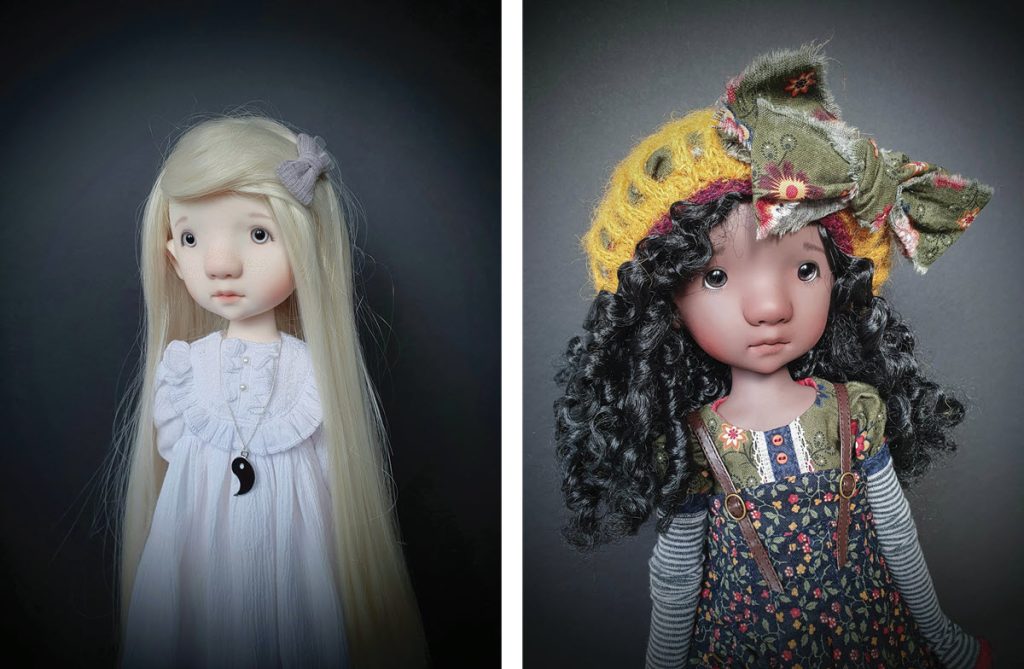
Since then, the self-taught de Geus — whose inspiration also included an exhibit at the Dutch and Belgian Institute of Doll Artists — has obtained creative freedom and professional autonomy. She has made more than 200 one-of-a-kind (OOAK) dolls from various materials, such as air-dry and polymer clay, and in sizes ranging from 6 inches to 17.5 inches. She became a full-time artist in 2022, following the release of her first ball-jointed dolls (BJDs) and the launch of Moppiedoll, which means “cute doll” in Dutch. One recent focus is 17-inch resin BJDs with 20 points of articulation.
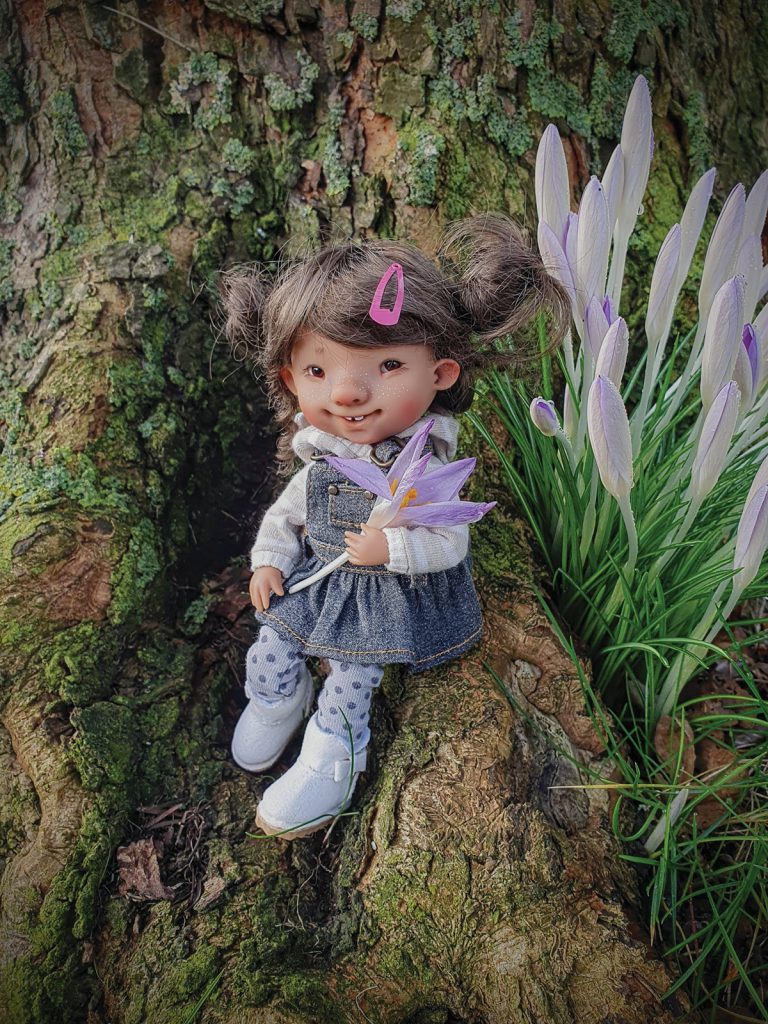

Each doll has elements of a signature style that has gradually developed and evolved. “Eventually in 2020, the dolls started to look the way they do now. It’s incredibly important for a doll artist that your work is recognizable,” said de Geus, who has a 13-year-old son with her partner of 23 years. “It takes a lot of time trying before your own style is developed. But once it is, you can’t make them any other way anymore. It becomes your unique style. My dolls are sometimes a bit ‘ugly’ looking — meaning they are no princess or photo model dolls — but they always have a cuteness over them. My dolls have cute eyes, big noses, and small mouths, I guess. In the early years, they were dressed a bit clownlike.”


The design process for de Geus begins with deciding on the size and vibe of an imagined doll. “And then I just start. It sometimes happens that a first design turns out completely different. The dolls have a mind of their own. And I just follow that and go with the flow,” she said. “The only thing that is very important is to stick to the size of the doll. All other things can change along the way. And sometimes it even surprises me, too. I most of the time try to make my dolls in ‘regular’ doll sizes so it will be easy to buy clothes and shoes for them. Collectors need to be able to dress the dolls themselves, if they want.”
BJDs captured de Geus’ attention in 2010, primarily due to their articulation and blank-canvas opportunities for styling and photography. Since prices were prohibitive, she bought an inexpensive doll and began making clothes to sell. She said, “With the money I made, I could buy a more expensive doll, and that’s how it started. And after a lot of practice, I started doing commission face-ups, too. I never got lessons. I just learned from YouTube and practicing.”

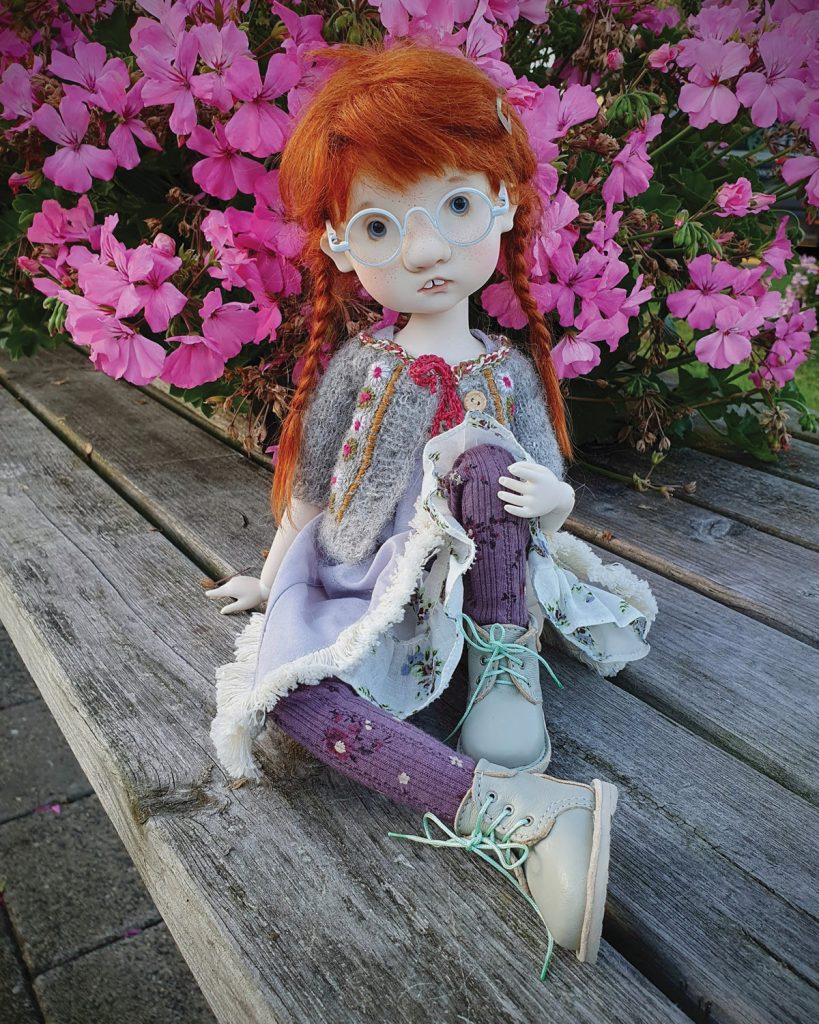
Copious amounts of patience and tenacity were required for de Geus’ first BJD. She commenced the project in 2020 and completed it the following year. “Making a BJD design felt like climbing Mount Everest. I thought I could never do that. But I tried anyway,” she said. “It took me at least eight months to finish the design. The biggest challenge is to make the elbow and knee joints. I know that some BJD artists don’t design this part of the doll themselves. They let the company do those parts. But I don’t want that. I make every joint by hand myself.”
Moppiedoll BJDs also reflect de Geus’ skills as a seamstress and wigmaker. She said, “I love using autumn-colored fabrics in nice designs, and I like to combine their outfits with knitted sweaters. If I make my own wigs, I use curly mohair from a Dutch goat farm and dye it in all colors of the rainbow. My goal is to make my dolls the way I would want to buy them as a collector — just expressing what I love in style and colors.”

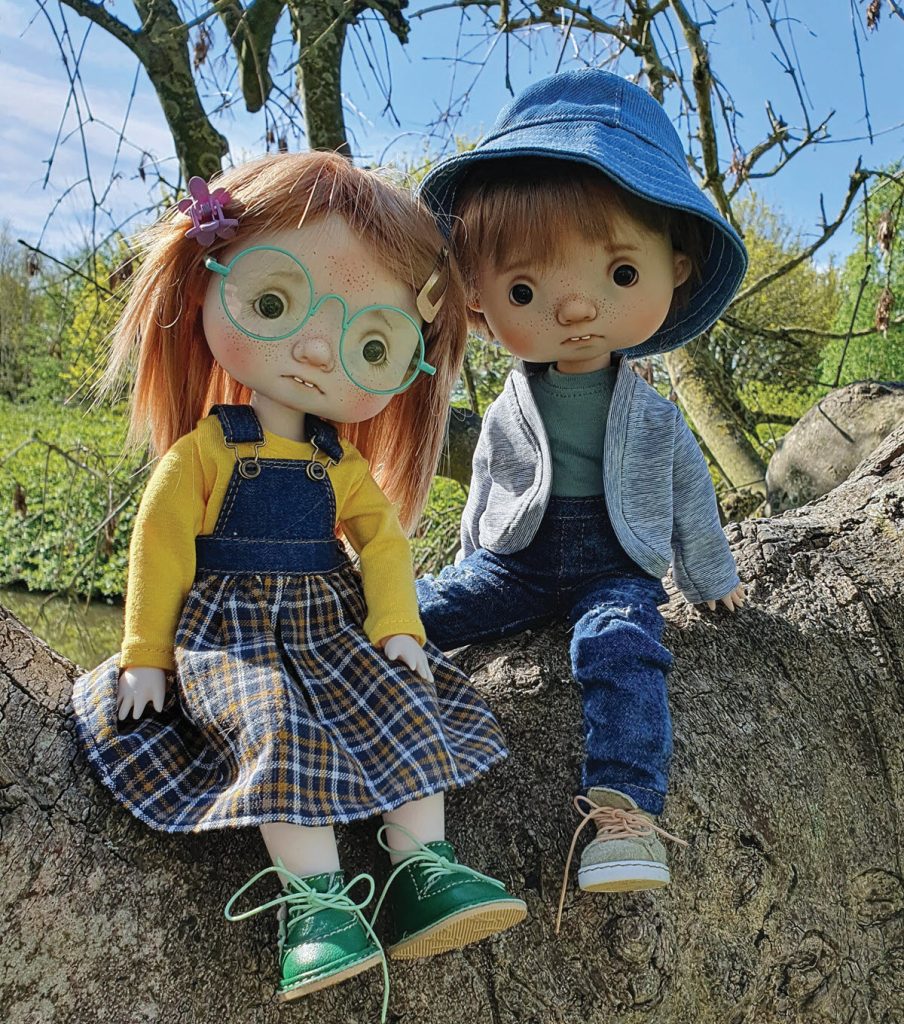
A forest theme is being utilized for recent Moppiedoll BJDs, which include Bibi, a mushroom doll with an interesting backstory. “There will be a pine cone, flower, tree trunk, and snail doll in the forest theme in the future,” de Geus said. “My mushroom doll got her name because, when I was sculpting this doll, she reminded me of the face of my niece.”
In 2025, de Geus plans to release about five dolls, including two new sizes and another woodland creature. She also will present a special doll at BJDC (Ball-Jointed Doll Convention) Texas. She said, “I’m very excited about this. It’s the very first time that I have a collaboration with a doll event.”
Meanwhile, de Geus encourages anyone else with their own “million-dollar question” to seek the answer. “In my heart, I had always been an artist. But at school, the adults always told me that being an artist is not a ‘real job.’ So, I had to do work I didn’t love, and I did for 15 years, causing me to get burned out. Being a doll artist is who I truly am,” she said. “Never lose your inner child or your dreams because other people tell you that it’s impossible. Follow your heart and share your unique talents with the world, whatever that talent is — cooking, engineering, teaching, sports, etc. The world needs your ‘true’ you.”
Moppiedoll


